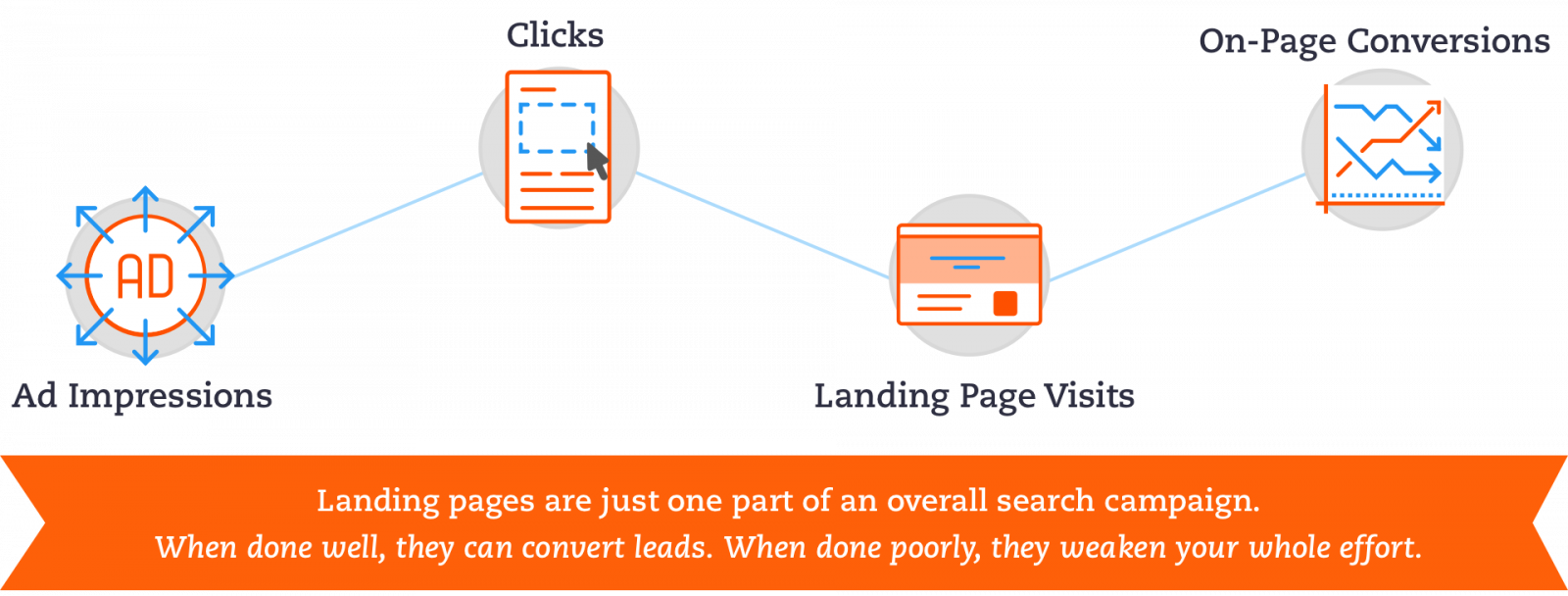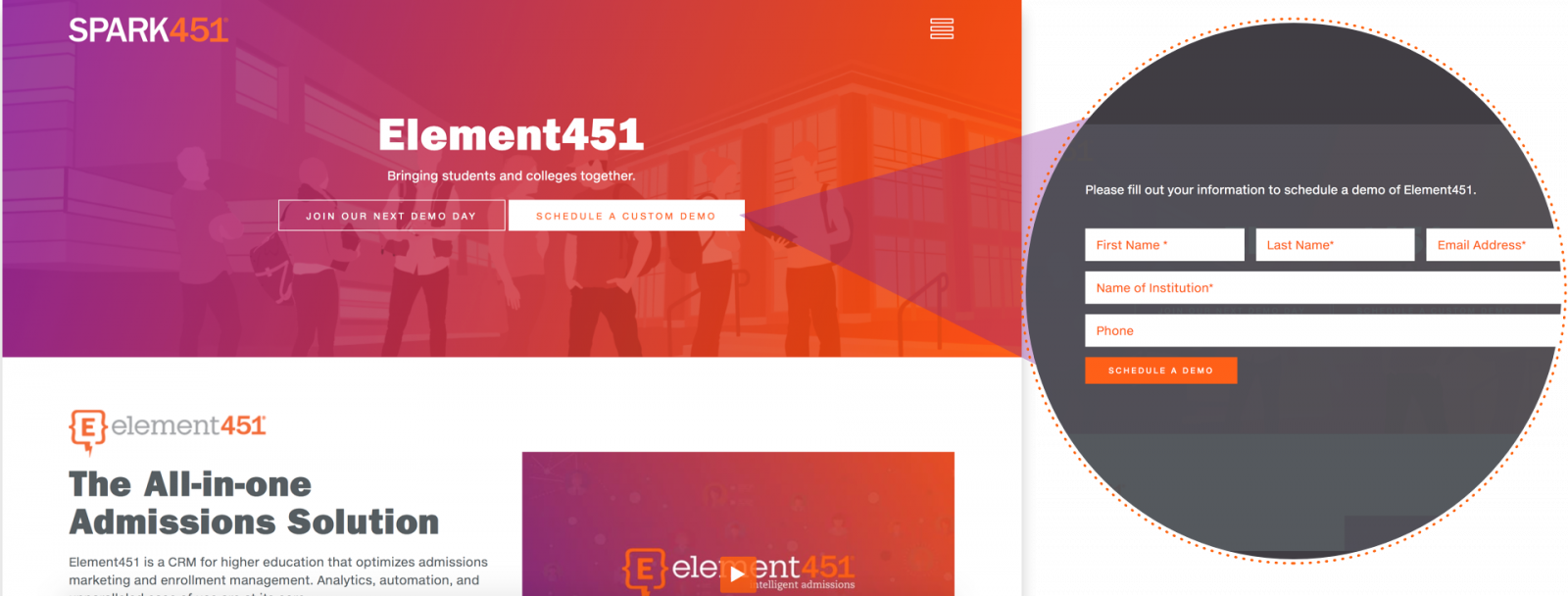It's a familiar story — you got lots of click-throughs on your well-planned, well-targeted, and reasonably well-budgeted digital media campaign. But nobody converted. What gives?
While there are many important elements of a successful digital media campaign, an effective landing page is often the deciding factor of a campaign’s success. It’s essential to have great targeting and compelling ad creative to drive desired clicks, but ultimately, your landing page can either make or break a campaign.
First, it’s important to understand what a landing page is. Put simply, it’s the webpage that a user “lands” on after clicking on an ad. However, it’s worth noting that a landing page is different than a normal web page in that it’s usually separate from a website’s navigation. It is typically a single page, with content that only relates to a specific campaign. Additionally, it should contain a few simple, yet specific elements, including a direct call to action and a form. A landing page is a page designed to achieve one goal — to generate leads.
To be effective, the content and offer on your landing page must match the content and offer on your ads. Think of it this way: You’re lost in the desert and are desperately craving water. You see a sign for water and follow where it leads. When you get there, there’s a giant chocolate cake, but there’s no water. Sure, you may like cake, but it’s not what you’re there for. As a result, you’re disappointed, you’re frustrated, and you no longer trust where other signs may lead you. An ad and landing page are just like that. Your ad is the sign, and your landing page can either be a desirable destination offering a satisfying outcome or a frustrating dead end.
While you never want to run the risk of frustrating or confusing your audience, there’s also another good reason to align your ad content with your landing page content — deliverability. Google will penalize you for not matching landing page content to your ads by lowering your ad rank and showing your ads less.

When it comes to higher education marketing, it’s absolutely essential that the landing page mirrors the ad. For example, if you have a campaign for graduate programs, you will need separate ad creative and individual landing pages for every program. It’s a lot more work, but it’s worth it.
So, what makes a good landing page?
1. A clear call to action
Is your goal lead acquisition? Invite visitors to submit their information.
2. An effective form
Don't ask too many questions, and make sure that only vital fields are mandatory. A user may not feel comfortable giving his or her full address at first touchpoint, so ask for something less personal, like an email address. Our research shows that conversion drops by 50% with each field over four. If you must have more fields, use a two-step form.
3. A compelling offer
No one wants to do something for nothing. Make submitting the landing page worth the effort by offering a free download or brochure.
4. A benefit-driven headline
Catch the visitor's eye and remind them what they came for. For example, a headline such as "Advance Your Career" may be more effective than a generic "Earn Your Degree" headline because of the clear benefit it offers to the user.
5. Credibility and consistency
Your landing page needs to reflect the messaging and imagery established in your ads, and both should be consistent with your established brand. If someone doesn't trust a landing page, they won't submit the form.
6. Audience-specific messaging
Make sure the landing page is written in a way that caters to your desired audience.
When it comes to your digital marketing strategy, it is essential to continually optimize your landing pages. As stated in a previous blog, once we realized that a campaign had received disappointing results, we changed our landing page strategy last year to improve results and saw conversions lift by over 1,000% in just a few weeks. In this example, we completely changed the page to which we were sending people, but it doesn’t have to be that extreme. Your refinements can be a simple change in the number of fields or the placement of the form, but it’s important to test and make changes to continue boosting your results.
Optimizing your campaigns and landing pages can be made easier by implementing a CMS or landing page builder, such as Element451’s landing page module, Page451. It can help you build lead-generating landing pages for all of your enrollment marketing needs. Page451 also gives you the tools to capture or confirm prospect details, or promote a new program or graduate program. With an easy drag-and-drop editor, tools for creating personalized content, and pre-filled follow-up forms, you can easily use Page451 to create the landing page of your dreams.
For more information on Element451 and Page451, check out the website!
